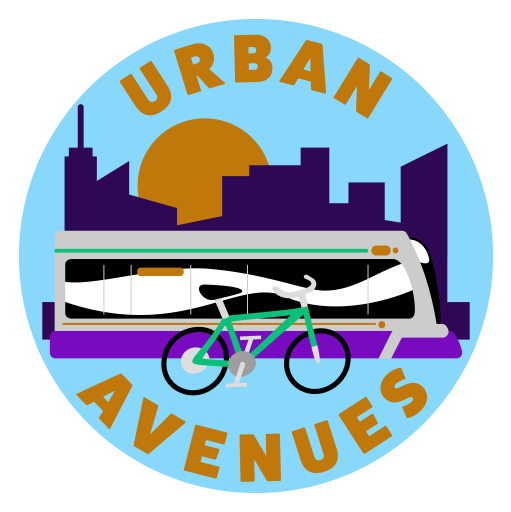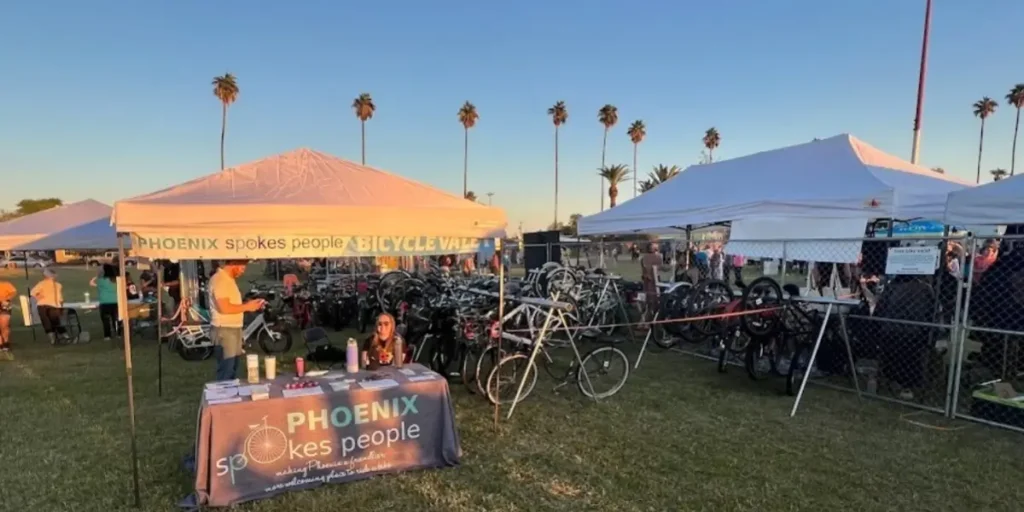Summers can be brutal, especially if you’re not used to extreme heat or grew up in a hot desert. Fortunately, like our cities, we are great at adapting to our environments. Adjusting to the heat is no different. While some measures require community advocacy and infrastructure improvements, there are personal steps you can take to prevent heat exhaustion and the risk of heat stroke.
Heat exhaustion & Heat stroke
Understanding the difference between heat exhaustion and heat stroke is crucial. Heat exhaustion occurs when your body overheats and can cause symptoms like heavy sweating, weakness, dizziness, and nausea. If untreated, heat exhaustion can lead to heat stroke.
Heat stroke is a severe condition where the body’s temperature regulation system fails, leading to a rapid increase in body temperature. This can cause confusion, seizures, and loss of consciousness. Immediate medical attention is necessary to prevent serious complications or death. For more detailed information, you can refer to resources from the CDC on heat stress and the Mayo Clinic on heat stroke.
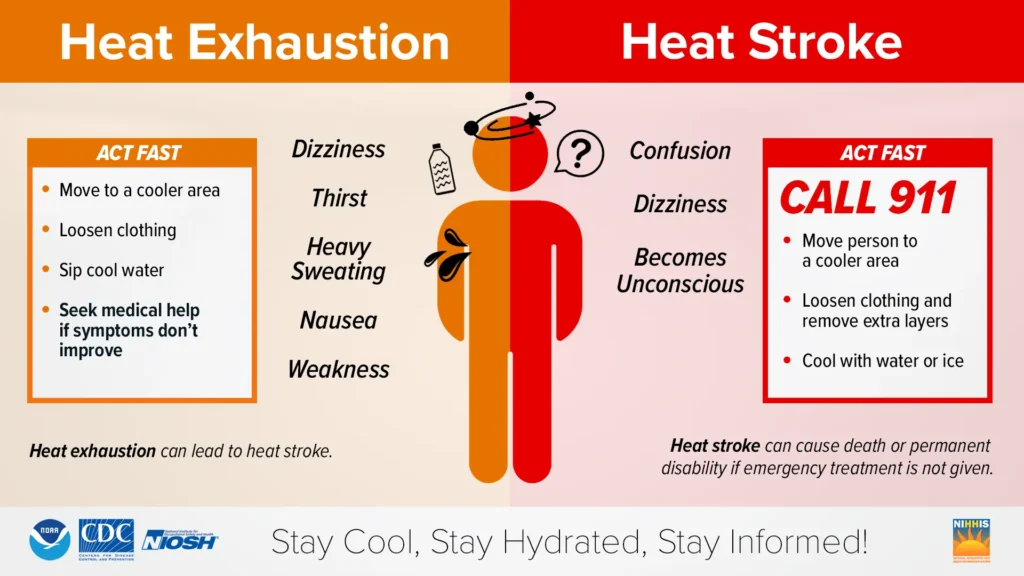
Here are ten tips cool tips for Urbanists to stay safe and comfortable during the summer
1. Acclimate to the Heat
Your body usually takes about two weeks to adjust to new weather conditions. Gradually increasing your outdoor activities helps your body acclimate. Start with shorter periods outdoors and slowly build up your exposure. This approach allows your body to get used to the heat, reducing the risk of heat-related illnesses.
Tips for Acclimation:
- Gradual Exposure: Begin with early morning or late evening activities when temperatures are cooler. This can include short walks, light exercises, or simply sitting outside in the shade. As your body adjusts, you can gradually extend the duration and intensity of your outdoor activities.
- Consistent Activity: Engage in outdoor activities daily to help your body adapt. Consistency is key, as intermittent exposure won’t help your body adjust effectively. Try to spend at least 30 minutes outside each day, even if it’s just sitting in a shaded area. However, know your limits and if this is not possible, prioritize safety and limit your exposure.
- Avoid Peak Sun Times: Limit your exposure to the sun between 10 a.m. and 4 p.m. when the UV rays are the strongest. If you need to be outside during these hours, take frequent breaks in the shade or indoors to cool down.
- Hydration: Drink plenty of water throughout the day to support your body’s cooling mechanisms. Avoid waiting until you’re thirsty to drink water, as this is a sign you’re already dehydrated. Consistent hydration is crucial for helping your body acclimate to the heat.
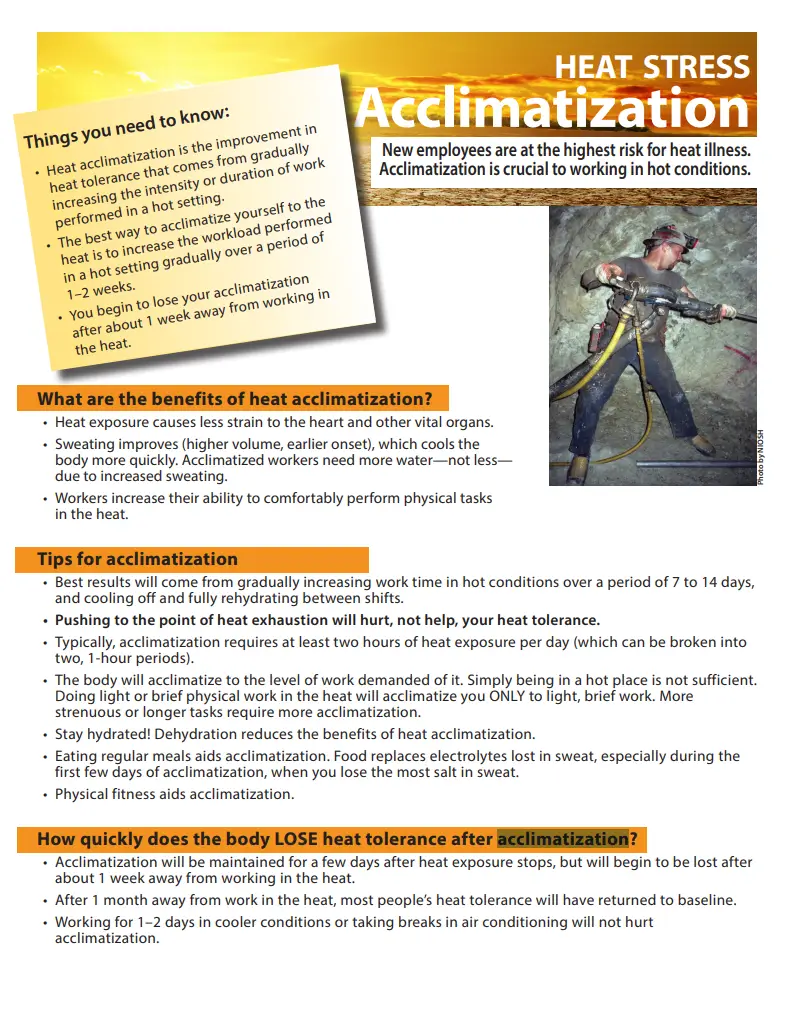
By gradually increasing your outdoor exposure, staying consistent with your activities, avoiding peak sun times, and maintaining proper hydration, you can comfortably enjoy urban activities like biking and walking, even in the summer heat. Keep in mind that your body can lose its acclimatization to the heat within a month.
2. Drink Water
Staying hydrated is crucial in hot weather. Drinking water continuously, not just when you’re thirsty, ensures you stay hydrated throughout the day. Hydration starts the day before, so aim to keep yourself consistently hydrated. Plan your walks to include stops where you can refill your water bottle.
Hydration Strategies:
- Carry a Reusable Water Bottle: Invest in a high-quality, insulated water bottle to keep your water cool. Check your local thrift store to see if they have affordable insulated water bottles. Most of them do and is much better than spend a good chunk of money on a new one.
- Infused Water: Add slices of fruits, like lemon or cucumber, to your water for a refreshing twist. This not only makes the water taste better but also encourages you to drink more.
Water Refill Stations:
Mapping out the locations of public water fountains and refill stations in your city can be a lifesaver. Tap can help you find places to refill your bottle for free.
Additional Tips:
- Set Hydration Reminders: Use your phone or a smartwatch to set regular reminders to drink water throughout the day. This can be especially helpful if you tend to forget to hydrate while busy.
- Drink Before You’re Thirsty: Thirst is a late indicator of dehydration. Make it a habit to sip water regularly, especially when engaging in physical activities outdoors.
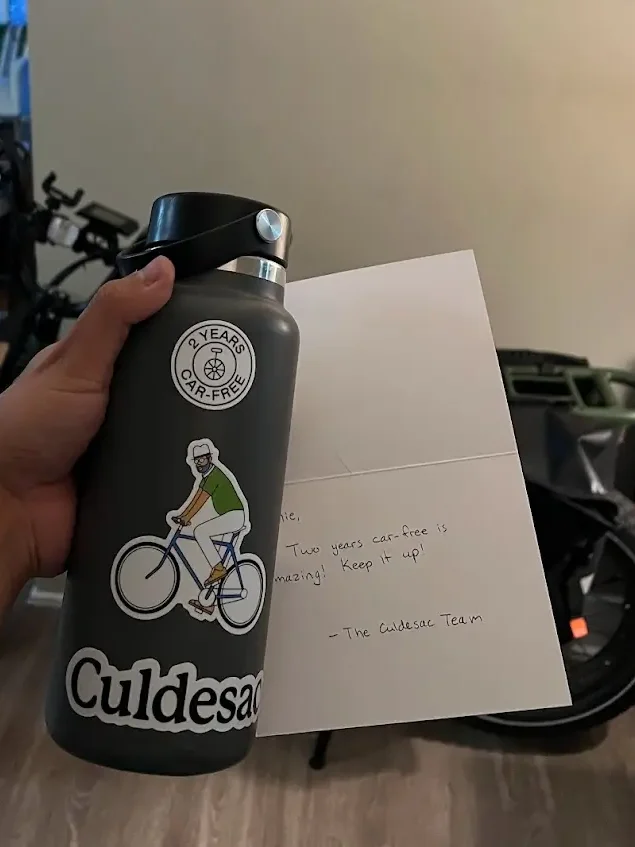
By ensuring you are properly hydrated, you can significantly reduce the risk of heat-related illnesses and stay comfortable during your walking or biking activities. Always have water on hand and take advantage of refill stations around the city to keep your hydration levels up.
3. Seek Shade
Always look for shade, whether waiting for transit or crossing a street. Even a small line of shade from a street pole can make a difference. Prolonged UV exposure can cause exhaustion, fatigue, and other health issues. You don’t want to let UV exposure build up over time, so managing exposure is crucial for long-term health.
Finding Shade:
- Tree-Lined Streets: Prefer streets with trees that provide natural shade. Trees not only offer shade but also help to cool the surrounding air through the process of evapotranspiration.
- Architectural Shade: Utilize building shadows, awnings, and overhangs. These can be particularly useful in densely built urban environments where natural shade might be sparse.
- Temporary Shade: Carry a portable shade device like a UV umbrella. UV umbrellas are specifically designed to block harmful rays and can be a practical solution when natural or architectural shade is unavailable.
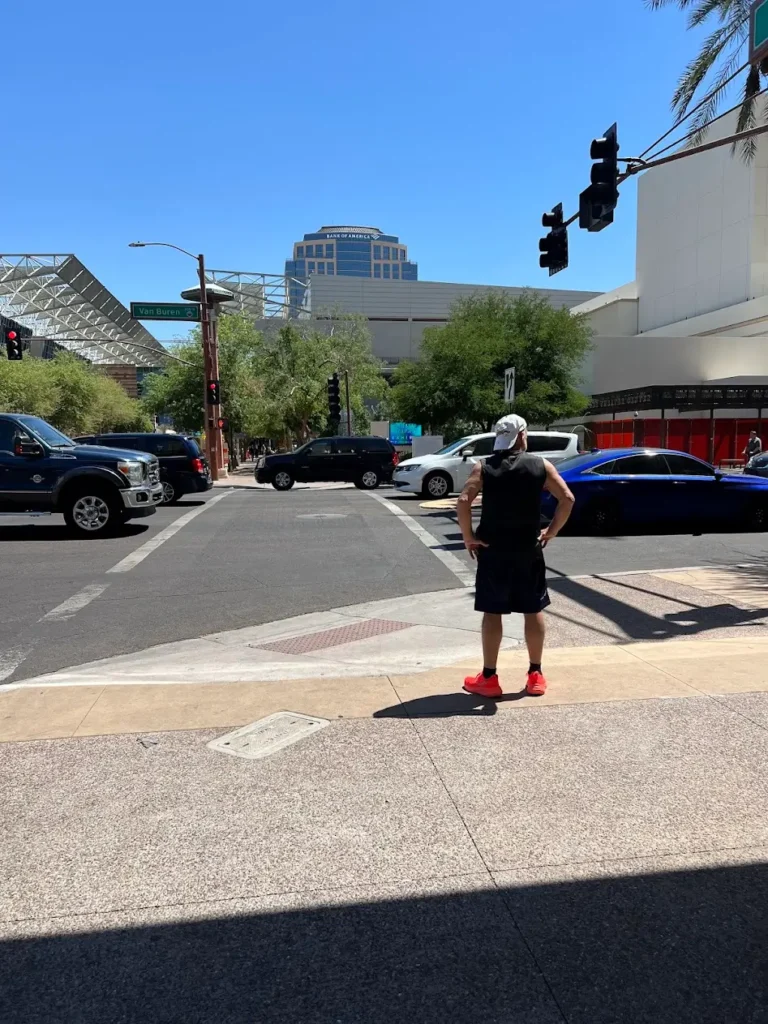
Be a Shade Lizard:
Think of yourself as a “shade lizard,” moving from one shaded spot to another. This means planning your routes to take advantage of any available shade, no matter how small. Even brief moments of relief from the sun can help keep your body temperature down and prevent overheating. Look for tree canopies, building shadows, or any structure that provides temporary shade.
Tree & Shade Advocacy:
Increasing shade and green spaces is crucial in urban areas, especially during the intense summer heat. Many cities are implementing initiatives to enhance urban areas with shade and mitigate the effects of high temperatures. You can check with your city to see if they have any plans in place to get involved, and if not, see if there are local organizations that can help support advocacy efforts to do so. These plans often aim to:
- Increase Tree Canopy Coverage: Trees can provide shade and also significantly reduce temperatures, making areas up to 10 degrees or more cooler through shading and the process of evapotranspiration, where trees release moisture into the air.
- Create Green Spaces: Developing new parks and enhancing existing ones to offer shaded areas for public use. Developers can also add green space to a development for public-private use, creating more accessible green areas that benefit the community.
- Reduce Urban Heat Island Effect: Through increased greenery and shaded areas, cities aim to lower ambient temperatures and improve overall air quality.
- Shade Sails: Fabric structures that provide shade in parks and public spaces.
- Transit Shelters: Enhancing transit stops with shaded shelters to protect commuters from the sun.
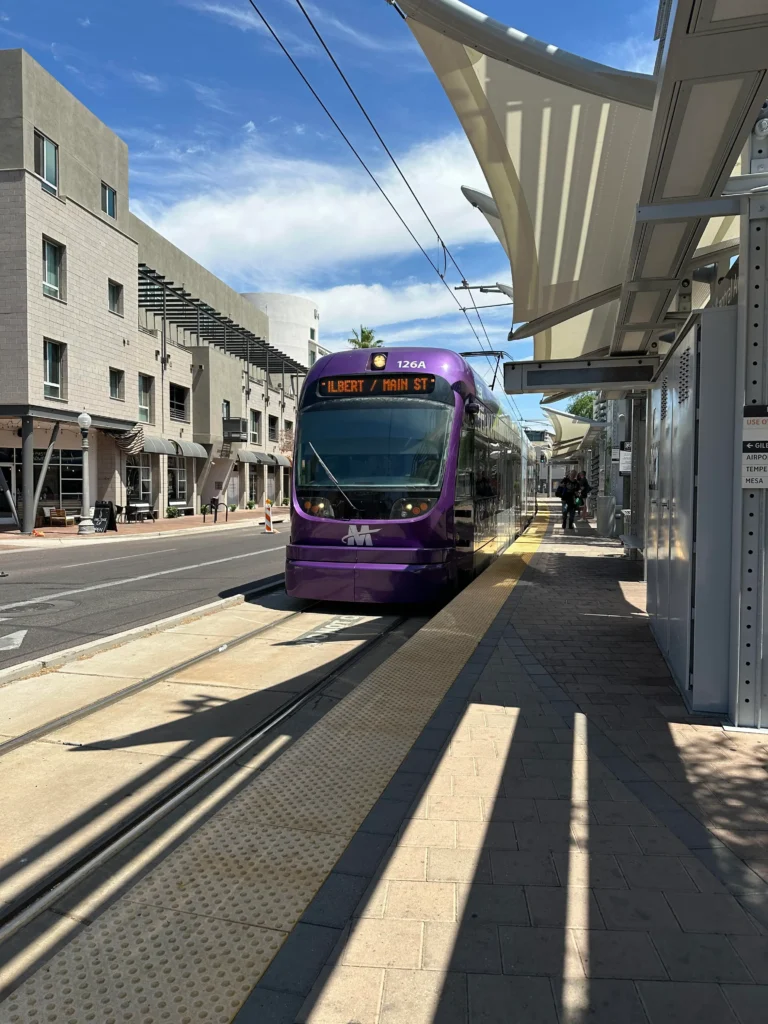
4. Plan Your Routes
Choosing routes with plenty of shade and greenery can make a big difference in how comfortable you feel during hot weather. Proper planning helps you avoid the hottest parts of the day and find cooler, more pleasant routes. You may also want to shift your travels depending on the time of day. In the morning, a building might make a route more shaded, but later on the way home, that same route might feel like walking on lava.
Public Transportation:
Public transportation can be a valuable tool in avoiding the heat. Many local transit providers offer live tracking features, allowing you to minimize your waiting time in the sun by knowing exactly when your bus or train will arrive. Check if your local transit system has a live tracking feature on their website or app.
You might also want to reconsider if you enjoy walking or biking normally to your destinations. See if you can combine it with transit options to get additional shade and A/C.
If your local transit provider does not offer live tracking, consider using the Transit App. The Transit App provides real-time data for public transit systems in many cities, helping you plan your trips more efficiently. Some benefits of using the Transit App include:
- Real-Time Arrival Information: Know exactly when your bus or train will arrive, reducing your waiting time in the heat.
- Route Planning: Find the best routes to your destination, including options that may involve less walking in the sun.
- Service Alerts: Stay informed about any service disruptions or changes that could affect your travel plans.
Cutting Through Buildings:
Identify buildings along your route where you can take a break from the heat. Public libraries, shopping centers, and other large buildings can offer cool refuge. Some cities open heat relief centers during extreme heat, providing a safe space to cool down.
5. Know Your Cool Spots
Identifying places where you can take breaks in air-conditioned buildings can be a lifesaver during hot weather. Knowing the locations of these cool spots along your route can help you stay refreshed and avoid heat-related illnesses.
Cool Spot Examples:
- Public Libraries: These offer free access to air conditioning and often provide water stations. Libraries also provide a quiet, relaxing environment where you can cool down.
- Museums and Galleries: Enjoy culture while staying cool. Many museums offer free or discounted admission on certain days, making them accessible to everyone.
- Shopping Centers: Large indoor spaces with plenty of seating areas. Shopping centers are great places to take a break and cool down during a hot day.
- Cafes and Restaurants: Many cafes and restaurants offer air conditioning. Take advantage of these spots to have a drink or a meal while cooling off.
Heat Relief Centers:
Some cities open heat relief centers during extreme heat. These centers provide a safe, cool environment during heat waves. They often offer additional services like free water and medical assistance.
Indoor Public Spaces:
Similar to planning your routes with shade in mind, you should also plan your routes to include indoor public spaces where you can take a break from the heat. This could include:
- Community Centers: Many community centers have air-conditioned areas open to the public.
- Government Buildings: City halls and other government buildings often provide cool, accessible environments.
- Transit Stations: Larger transit stations sometimes have air-conditioned waiting areas.
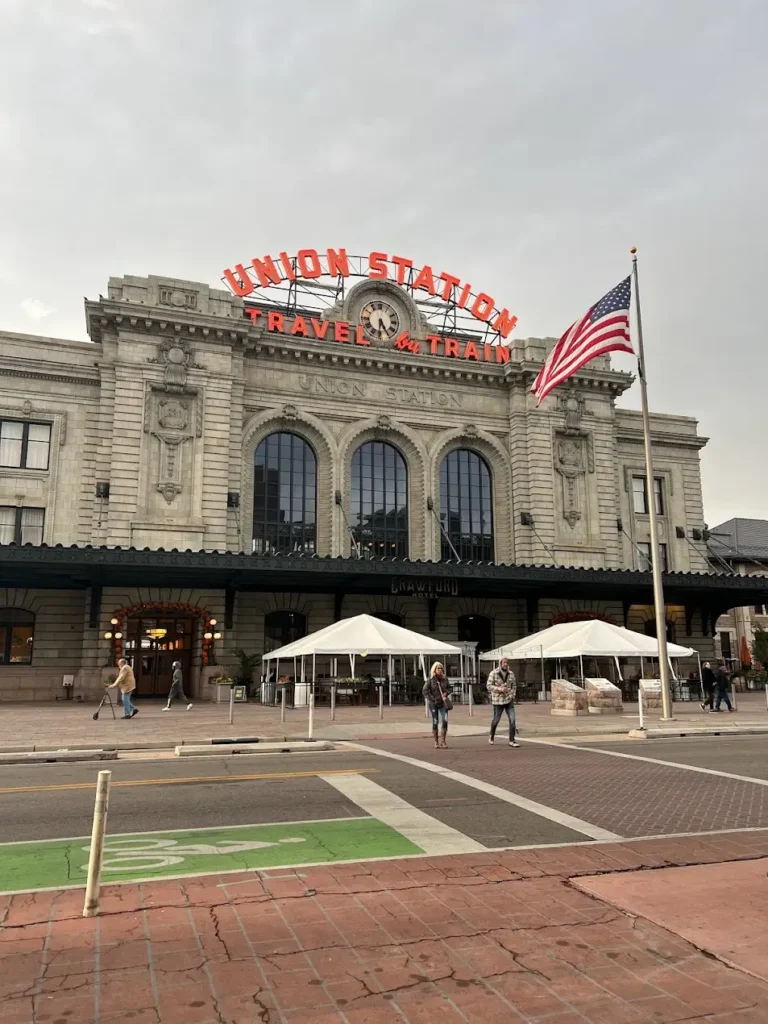
6. Bring Your Own Shade
When natural or architectural shade is not available, creating your own shade can be a game-changer. Carrying portable shade umbrella can help you stay cool and protected from the sun’s harmful rays when done properly.
UV Umbrellas:
Invest in a high-quality UV umbrella that is specifically designed to block harmful UV rays. Some umbrellas can still exposure you to UV, make sure you get ones that are specifically meant to block UV. These umbrellas are lightweight, easy to carry, and provide excellent protection. Some benefits of UV umbrellas include:
- UV Protection: They are coated with materials that block UV radiation, protecting your skin from sunburn and reducing your risk of skin cancer.
- Portability: There are some UV umbrellas that are designed to be lightweight and compact, making them easy to carry in a bag or backpack.
- Versatility: Use them while walking, waiting for transit, or even sitting in the park.
- Misting Umbrellas: If you want extra cooling, MyBreezeLife has a mister built in and a fan. I recommend chilling the bottle to get extra coolness.
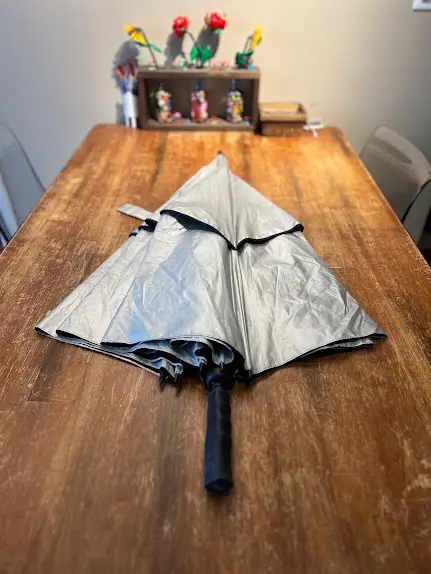
Portable Shade Structures:
For longer outdoor activities, consider pop-up canopies or tents. These can be set up quickly and provide a large area of shade for groups or families.
- Pop-up Tents: Ideal for parks or beaches, these tents can provide ample shade and are often lightweight and easy to transport. IKEA has them at an affordable price and pop-up very easily.
7. Wear UV Clothing
Dressing appropriately for the heat is essential in staying cool and protecting yourself from the sun’s harmful rays. Wearing UV-protective clothing can provide a significant barrier against UV radiation and help keep you comfortable.
Types of UV Clothing:
- Wide-Brimmed Hats: A wide-brimmed hat can shade your face, neck, and ears, providing crucial protection from direct sunlight. Look for hats with a UPF (Ultraviolet Protection Factor) rating for maximum protection
- Long-Sleeve Shirts and Pants: Clothing that covers more skin can protect against sunburn and UV exposure. Choose lightweight, breathable fabrics that are designed to keep you cool.
- Material: Opt for fabrics like cotton, linen, or specially designed moisture-wicking materials that keep you dry and cool.
- Design: Many UV-protective garments are designed with ventilation panels and mesh linings to enhance breathability.
- Functionality: Long-sleeve shirts and pants with UPF ratings can provide consistent UV protection without the need for reapplication like sunscreen in those areas.
- UV-Protective Fabrics: Look for clothing labeled with a UPF rating. UPF-rated clothing is made from tightly woven fabrics that block UV rays more effectively than regular garments.
- Effectiveness: UPF 50+ fabrics block about 98% of UV radiation, offering superior protection compared to regular clothing.
- Comfort: These garments are often lightweight and designed to keep you cool, with features like moisture-wicking and quick-drying properties.
- Durability: UV-protective clothing retains its protective qualities even after multiple washes, making it a long-lasting investment in your health.
Accessories:
- Sunglasses: Protect your eyes from UV rays with sunglasses that block 100% of UVA and UVB rays. Wraparound styles offer the best coverage.
- Cooling Scarves and Bandanas: These accessories can be soaked in water and worn around your neck or head to provide a cooling effect while protecting your skin from the sun.
8. Bike Smart
Cycling is a fantastic way to get around, especially in a city. However, biking in hot weather requires some adjustments to stay cool and safe.
Tips for Biking in Hot Weather:
- Wear Breathable, UV-Protective Clothing: Opt for lightweight, moisture-wicking fabrics that cover your skin. UV-protective clothing can help keep you cool and protect you from harmful UV rays.
- Long-Sleeve UV Clothing: These provide sun protection and help wick away sweat. Look for ones with mesh panels for better ventilation.
- Gloves: Protect your hands while you are biking. You can be cover head to toe in clothing, but our hands can get forgotten! There are some biking UV gloves you can get to help cover it.
- Hydrate Frequently: Carry a water bottle and drink regularly to stay hydrated. Consider using an insulated bottle to keep your water cool.
- Use Cooling Gear: Products like cooling towels and neckbands can provide relief during long rides.
- Use Sun Protection: Apply sunscreen on exposed skin and reapply as needed.
- Sunscreen: Choose a broad-spectrum sunscreen with a high SPF. Remember to reapply every two hours, or more often if you are sweating heavily.
- Lip Balm with SPF: Protect your lips from sunburn with a lip balm that contains SPF
- Use an Electric Spray Bottle:
- Portable Misting: Consider using an electric spray bottle, like the SideKing Automatic Electric Spray Bottle, to stay cool during your rides. This rechargeable spray bottle can be filled with water and used to mist yourself while biking. When it is hot enough it will dry you off pretty quickly.
- Park in Safe, Shaded Areas: When parking your bike, choose a location that is both secure and shaded to prevent your bike from getting too hot.
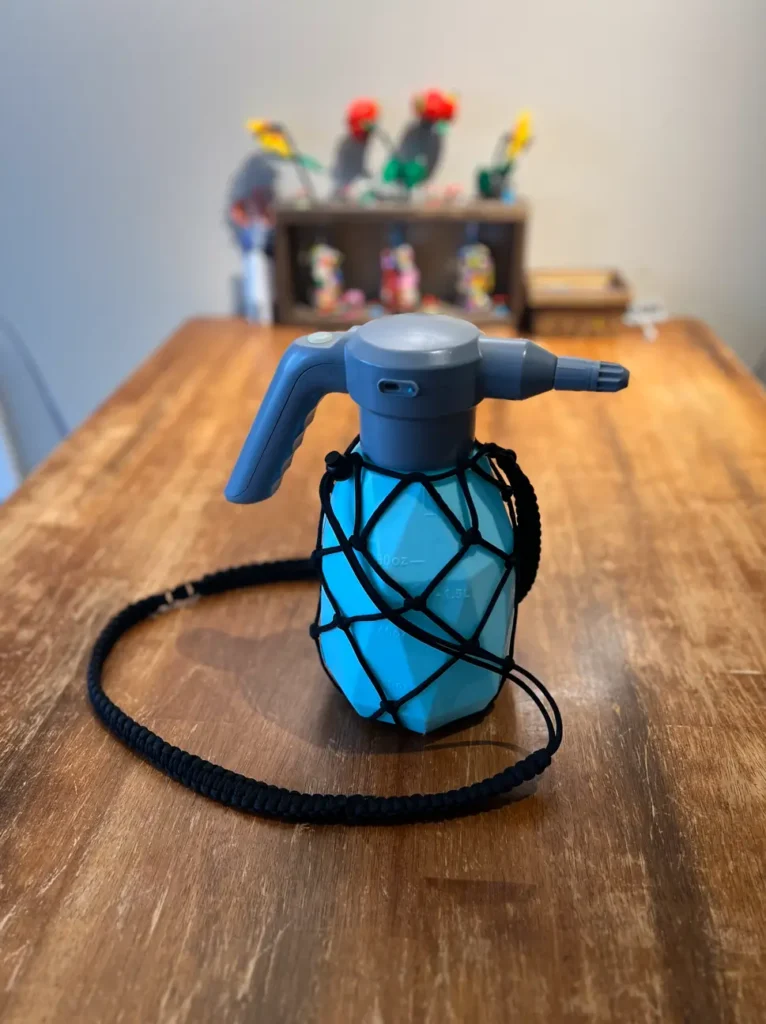
9. Manage Your Electrolytes
When you sweat, your body loses not only water but also essential electrolytes, such as sodium, potassium, and magnesium. Maintaining the right balance of these electrolytes is crucial for muscle function, hydration, and overall health, especially during hot weather.
Tips for Managing Electrolytes:
- Drink Electrolyte-Enhanced Beverages
- Homemade Electrolyte Drinks: You can make your own electrolyte drink by mixing water, a pinch of salt, a splash of fruit juice, and a bit of honey.
- Electrolyte Tablets: These can be dissolved in water and are a convenient way to replenish electrolytes on the go.
- Eat Electrolyte-Rich Snacks!
- Fruits and Vegetables: Bananas, oranges, avocados, and spinach are excellent sources of potassium and magnesium.
- Dairy Products: Milk and yogurt contain calcium and potassium.
- Nuts and Seeds: Almonds, peanuts, and sunflower seeds are rich in magnesium.
10. Limit Caffeine and Alcohol Intake
While it might be tempting to reach for a cup of coffee or a cold beer on a hot day, both caffeine and alcohol can contribute to dehydration, making it harder for your body to stay cool.
Effects of Caffeine and Alcohol:
- Diuretic Effect: Both caffeine and alcohol are diuretics, meaning they increase urine production, which can lead to dehydration.
- Impaired Judgment: Alcohol can impair your ability to recognize the signs of heat exhaustion and dehydration, increasing the risk of heat-related illnesses.
Tips for Managing Caffeine and Alcohol Intake:
- Moderation is Key: If you do consume caffeine or alcohol, do so in moderation and balance it with plenty of water.
- Opt for Non-Caffeinated Alternatives: Choose herbal teas, decaf coffee, or water instead.
- Stay Hydrated: Drink plenty of water throughout the day to counteract the dehydrating effects of caffeine and alcohol.
- Alternate Drinks: If you are consuming alcohol, alternate each alcoholic drink with a glass of water to stay hydrated.
- Be Mindful of Your Body: Pay attention to how your body responds to caffeine and alcohol, especially in the heat.
By limiting your intake of caffeine and alcohol, you can help your body stay hydrated and better manage the summer heat. Making mindful choices about what you drink can significantly impact your overall comfort and health during hot weather.
Stay safe!
Staying cool as an urbanist during the summer requires a combination of smart planning, the right gear, and mindful habits. By incorporating these tips, you can enjoy walking, taking transit or biking in your city while staying safe and comfortable. What is most important is know your limits and staying safe out there!
Learn about Transit-Oriented Developments and how we can utilize space better to making taking transit a better experience.
